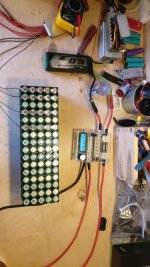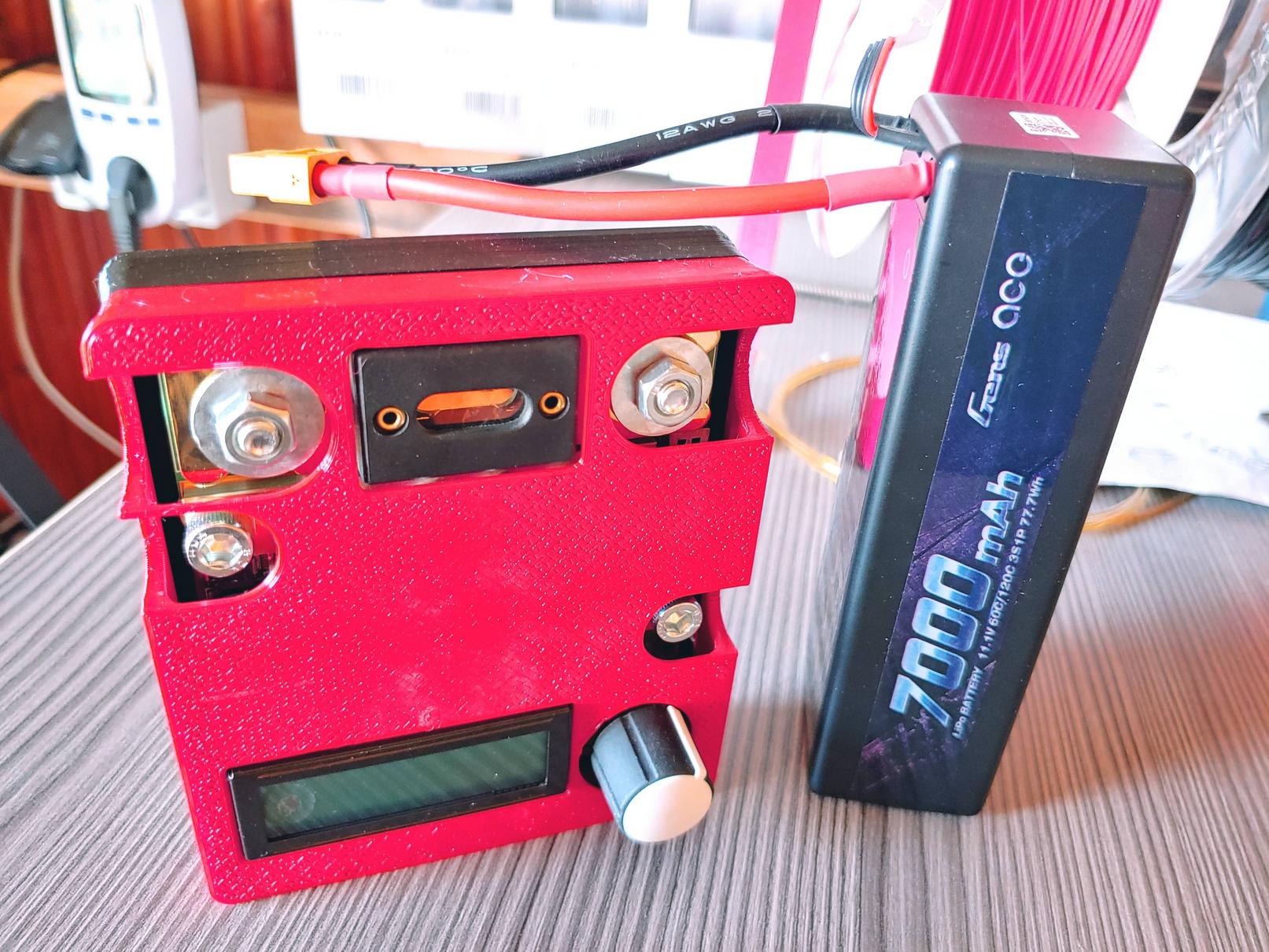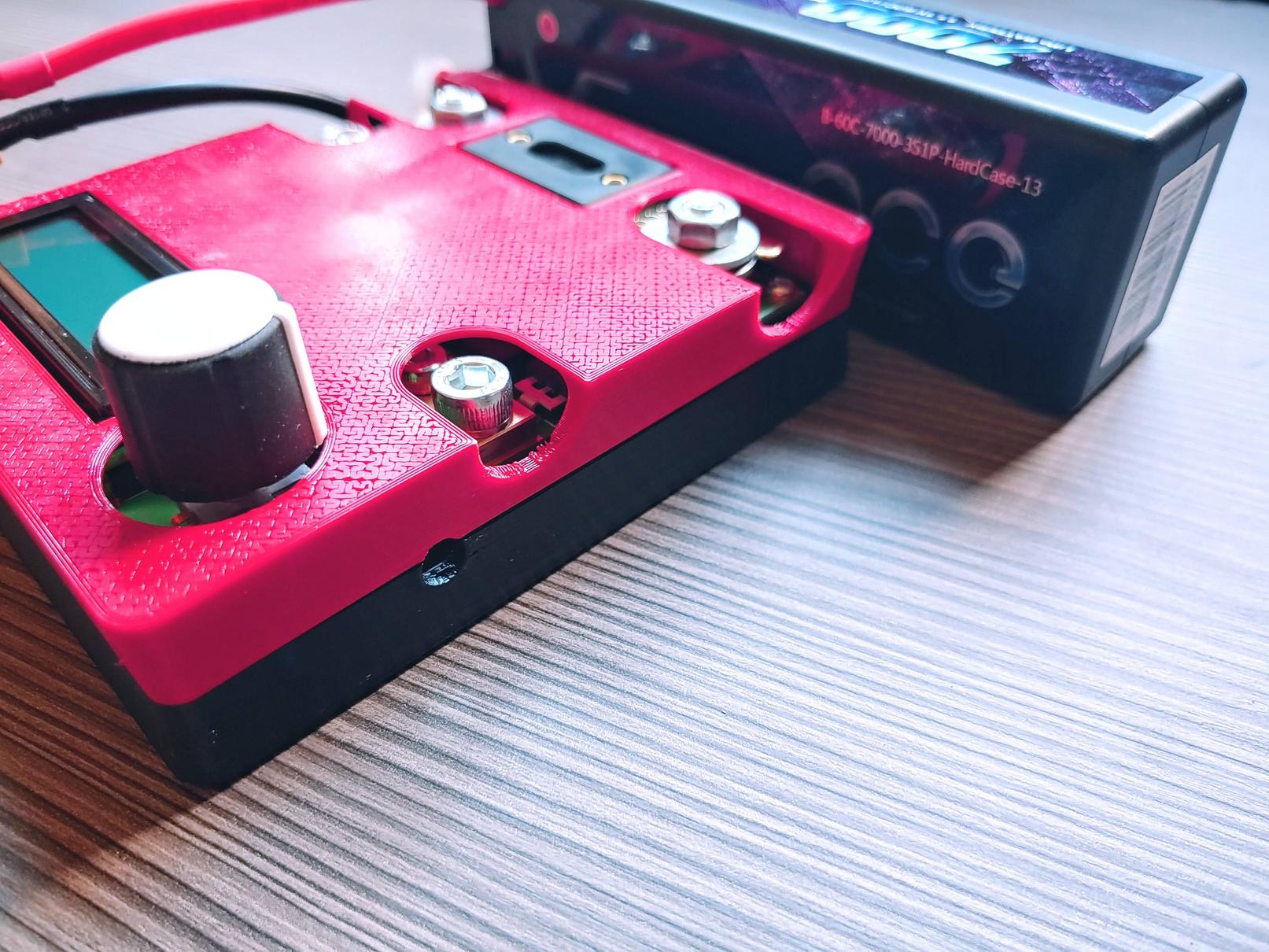garolittle said:
ossivirt said:
You can also try spotweld pulse with long strip. Like 10-30cm or so with electrodes on oposite ends without a cell. That could give most accurate results regarding resistance difference of different materials.
Very clever idea. I will try it. Thanks for the suggestion
Yep. It worked. It makes sense because the only variable is the material being spot welded. Here are the results:
Setting for each spot weld: 50J
Length of each strip: 3”
Width of each strip 9.1mm
Results:
“Nickel Silver” .25mm thick: 1.70mR
Nickel plated copper .25mm thick: .65mR
Basically the same results after several attempts.




